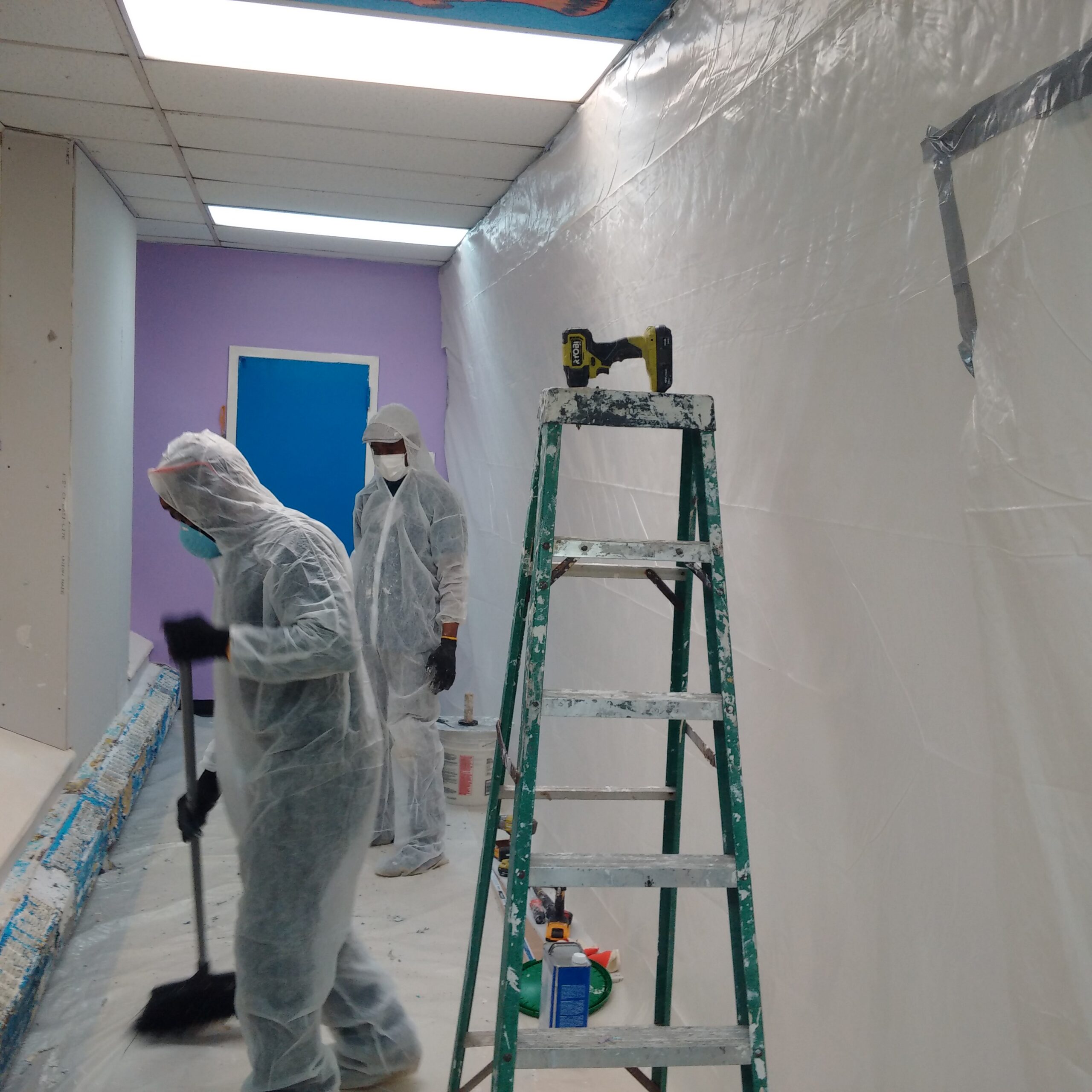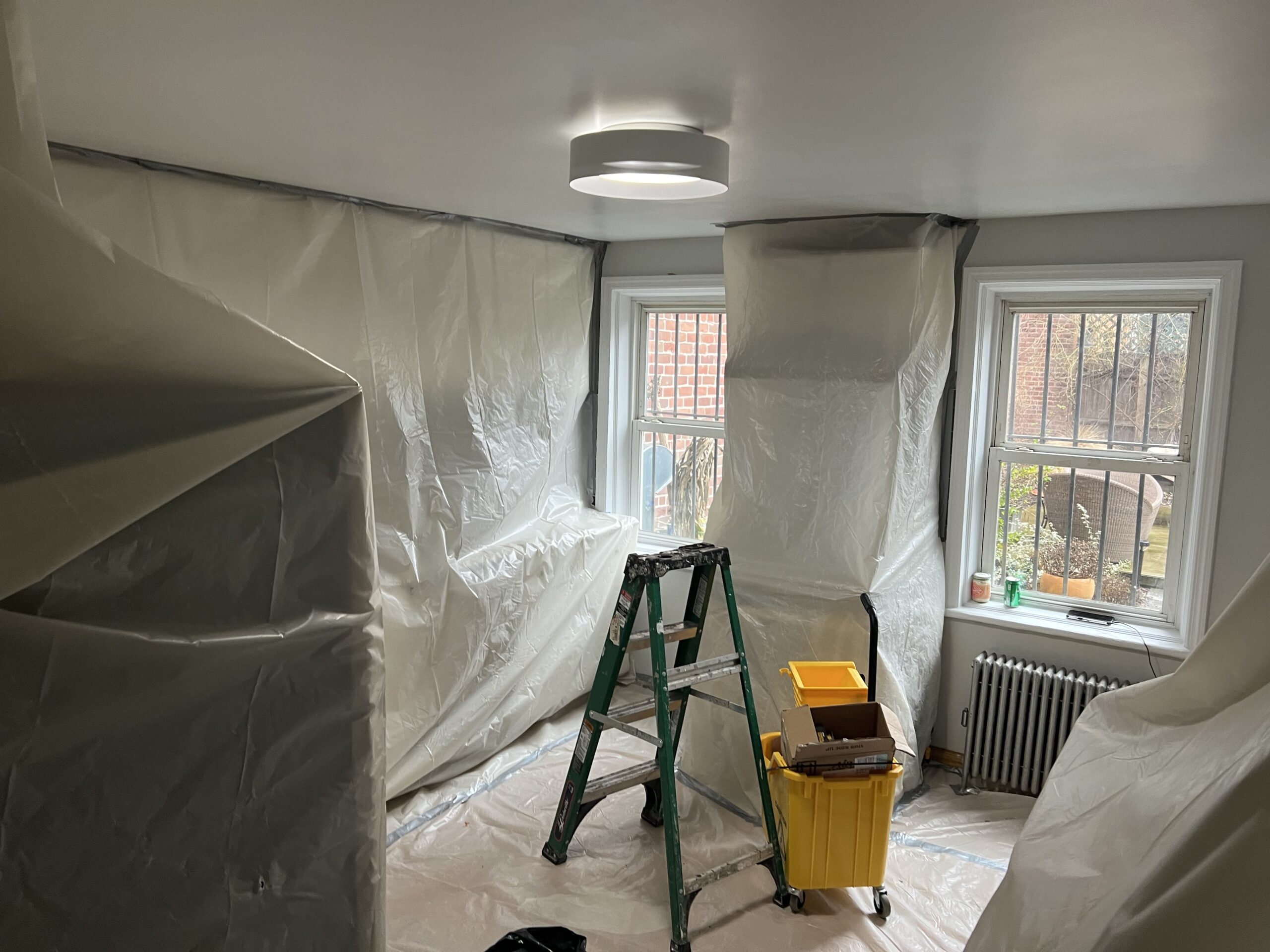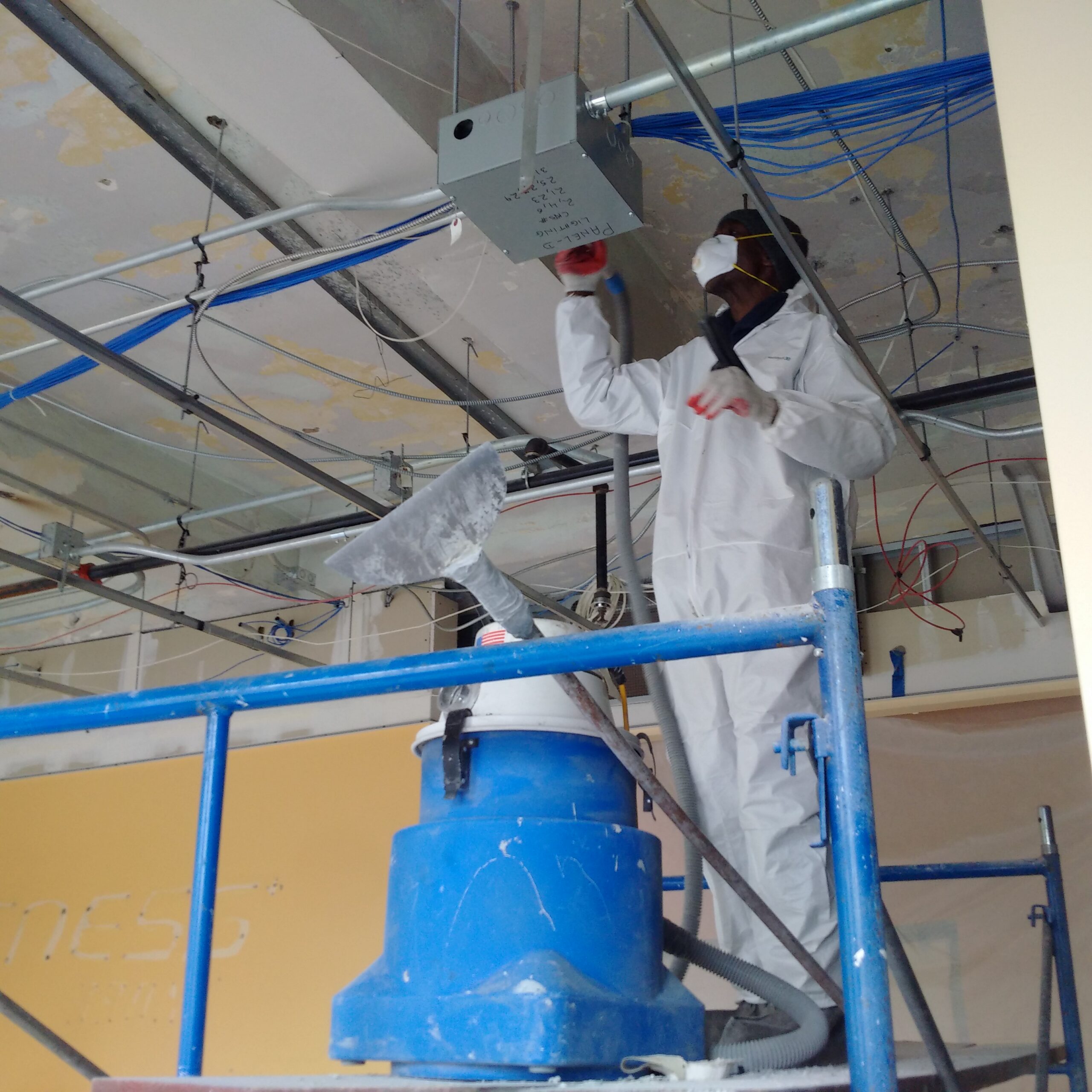Finest Practices for Making Sure Safe and Complete Lead Infraction Reduction
Addressing lead infraction reduction calls for a multi-faceted technique to make certain both safety and security and compliance. First evaluations using sophisticated discovery approaches such as XRF analyzers set the phase for a specific understanding of contamination levels. Integrating appropriate containment methods, including airtight obstacles and HEPA purification, paired with the use of personal protective tools (PPE) for employees, forms the foundation of a safe procedure. Careful cleaning methods, featuring HEPA vacuuming and wet-wiping, are vital. Yet, it's the final clearance procedure, including extensive assessments and laboratory testing, that really validates a lead-free setting, guaranteeing lasting safety and security. Just how do these techniques adjoin to guarantee extensive lead reduction?

Preliminary Evaluation
Performing a first analysis is a critical initial step in lead offense reduction. This phase includes a detailed examination of the property to determine the existence, extent, and certain locations of lead-based threats. Qualified specialists, such as qualified lead inspectors or risk assessors, need to perform a comprehensive site inspection, utilizing devices like X-ray fluorescence (XRF) analyzers to precisely spot and measure lead concentrations in paint, dirt, dirt, and water.
The analysis must additionally consist of a testimonial of the building's history, previous records, and any type of grievances or health and wellness concerns reported by occupants - Lead Removal Contractors. Recording the searchings for diligently is crucial, as these records create the basis for developing an efficient reduction approach. An extensive evaluation likewise entails sampling and lab analysis, which are crucial to verify the existence of lead and overview succeeding activities
Additionally, it is vital to communicate the outcomes transparently to all stakeholders, including residential or commercial property proprietors, lessees, and regulatory authorities. By making sure that the preliminary analysis is conducted with precision and roughness, experts can lay a strong structure for a targeted and reliable lead abatement procedure, eventually safeguarding public health and wellness and guaranteeing compliance with governing criteria.
Appropriate Containment
Appropriate containment is vital to prevent the spread of lead pollutants throughout abatement tasks. Efficiently managing containment reduces the risk of lead dust and debris migrating to non-work locations, consequently protecting both the setting and people outside the immediate job area.

Routine examinations of the control area are needed to examine for breaches or weak points in the obstacle. Any determined concerns ought to be quickly addressed to keep the integrity of the control. By adhering to these techniques, abatement jobs can efficiently control lead contamination and alleviate associated wellness dangers.
Employee Defense
Guaranteeing worker security is extremely important throughout lead reduction jobs to protect against occupational exposure to hazardous lead fragments. Necessary steps consist of the usage of individual protective equipment (PPE) such as respirators, handwear covers, and full-body matches specifically designed to obstruct lead dust and fumes. Employees should undergo comprehensive training on the correct usage and maintenance of PPE, consisting of fit additional reading testing for respirators to make certain optimum efficacy.
Design controls, such as regional exhaust ventilation systems, are essential in decreasing airborne lead concentrations in the job atmosphere. Management controls should likewise be executed, including restricting the period of direct exposure and turning workers to lower individual direct exposure times. Regular medical monitoring and organic tracking are vital for early detection of lead absorption, making it possible for timely treatment and therapy.
In addition, developing a decontamination protocol is essential. Workers must adhere to stringent purification procedures prior to breaks and at the end of their change to stop lead dirt from being carried outside the workplace. This includes comprehensive hand and face washing with lead-specific cleaning agents and transforming out of contaminated apparel.
Thorough Clean-up
Maintaining a risk-free workplace extends past worker security and encompasses meticulous cleanup to guarantee lead particles are thoroughly eliminated from the website. The process of thorough cleanup is vital in avoiding the recontamination of the abated location and safeguarding both existing and future owners.
To achieve a thorough cleanup, all workplace must be methodically decontaminated. This includes making use of specialized HEPA (High-Efficiency Particulate Air) hoover and wet-wiping techniques to record and eliminate fine lead dirt that may have chosen surfaces. It is imperative to cleanse all horizontal surface areas, including floorings, window sills, and kitchen counters, in addition to upright surface areas that may have trapped lead fragments.
Workers should put on appropriate personal safety devices (PPE) throughout cleaning to stay clear of exposure to residual lead dust. Utilized cleaning products such as wipes, sponges, and mop heads should be disposed of in conformity with contaminated materials disposal policies.

Final Clearance
Final clearance is the essential wrapping up stage of lead abatement that establishes whether the website is safe for reoccupation. This crucial action entails detailed examination and testing to validate that all lead threats have been successfully removed. The procedure begins with a visual examination by a qualified lead-based paint examiner or danger assessor to make sure no noticeable dirt or particles stays. This is complied with by gathering dust wipe examples from numerous surface areas, consisting of floors, windowsills, and other find here horizontal surfaces. Lead Removal Contractors.

Last clearance screening not only secures future occupants yet likewise guarantees conformity with local, state, and government regulations. It serves as a recorded recognition of the abatement contractor's adherence to industry finest techniques. Ensuring a complete and effective last clearance is important in protecting public wellness and promoting trust fund in the abatement process.
Conclusion
Making sure secure and extensive lead offense reduction necessitates a diverse method incorporating initial evaluations with advanced detection techniques, effective containment strategies, stringent employee defense methods, and meticulous clean-up procedures. The last clearance stage, including in-depth examinations and lab testing, is essential to validate conformity with EPA criteria. Adherence to these best practices assures a secure setting for residents, mitigates health and wellness risks, and supports governing demands, consequently advertising public wellness and safety in lead-affected areas.
Comments on “Comprehensive Lead Paint Removal Service in NYC-- Licensed and Qualified”